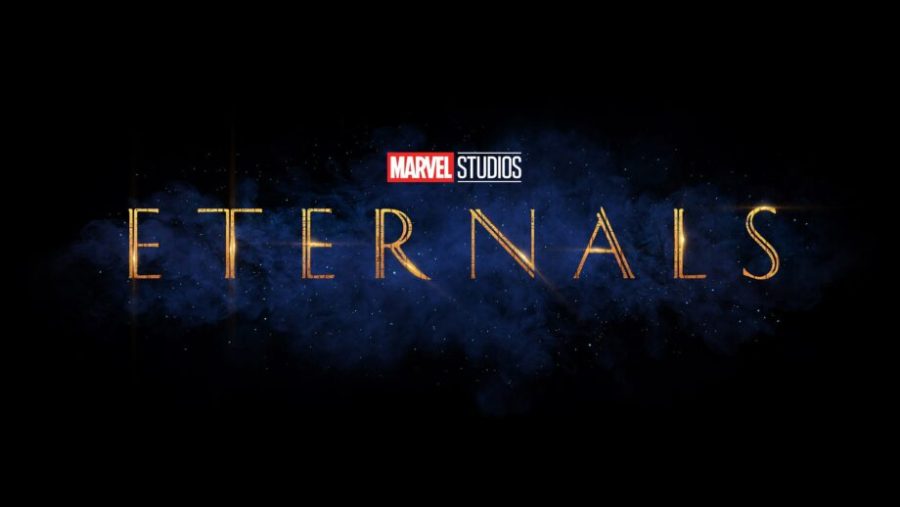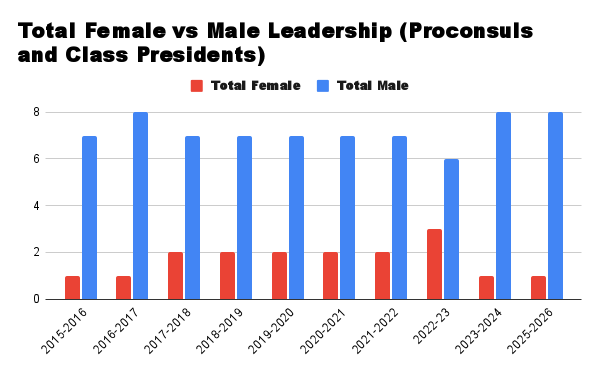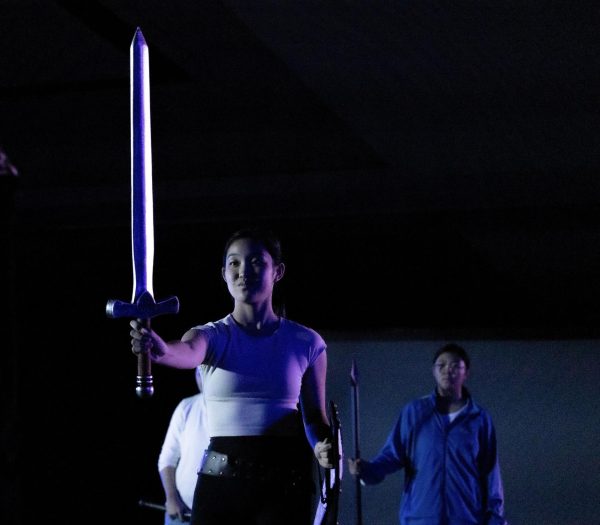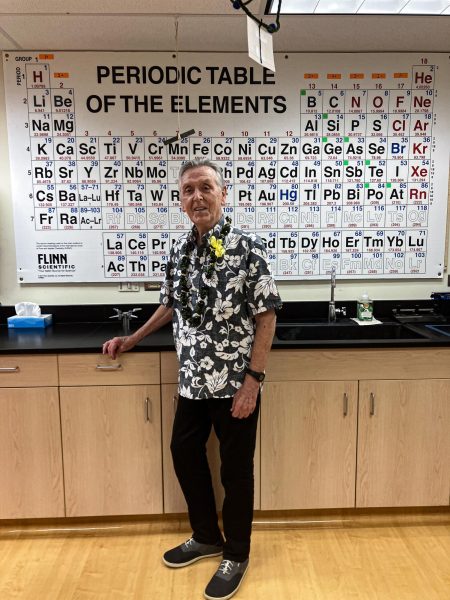The Comic Book Accuracy of “Eternals”
Marvel’s “Eternals” came out last November as the newest installment in the Marvel Cinematic Universe. This film introduces us to a diverse and dysfunctional family of ten new cosmic superheroes with the typical Marvel movie agenda of saving the planet from some sort of cosmic threat. This movie is based on the comic book series and characters of the same name created by Jack Kirby, who is considered an innovator in comic book art and created many other superheroes for both Marvel and DC, such as the Black Panther and Darkseid. This movie, like all movie adaptations, diverges from its source material in various ways. But just how accurate is “Eternals”?
First off, the costumes. In the comics, Kirby incorporated many circles, bold lines, and saturated colors into the designs of all the Eternals. In a discussion led by Ryan Meinerding, Marvel Studios’ Head of Visual Development, he said that while the costumes in the comics were iconic, “[they] could look a little silly onscreen.” Instead, Meinerding and the rest of the team in charge drew inspiration from the “metalized meteor rock” of the Celestials for the surfacing of the costumes, used circles within circles to create patterns reminiscent of astral planes, and the color palettes created by Kirby were implemented with some inspiration from the cosmos and night sky. These elements resulted in the beautiful final products that we see on the screen. They respect the original comics’ costumes but reimagine them to give a more ethereal feel that fits with the Eternals themselves.
Second, the power set. In the comics, each character has the same base power set. They have superhuman speed, strength, endurance, immortality, etc. They also all possess psychic abilities, energy blasts, transmutation, and flight, amongst a plethora of other abilities. Some Eternals choose to specialize in certain abilities. For example, Sersi is the most adept Eternal in transmutation, but all of them have the ability to do this, only with varying degrees of adeptness. However, in the movie, while they all do have superhuman speed, strength, endurance, and immortality, each Eternal has their own specific power set that makes them unique. Gilgamesh is the strongest of these superhumans, Makkari the fastest, etc. Writing the characters this way in the movie allows for more depth to each character and for all of them to bring something unique to the team.
Lastly, the characters themselves. In the comics Ajak, Makkari, and Sprite were all men. Makkari was also depicted as hearing and white, while in the movie Makkari is now a deaf, colored woman. This gives representation to the deaf community and even more specifically, the colored deaf community. Ajak was depicted as a woman because Ajak’s design was based on Aztec culture, and the movie’s produce Nate Moore said in an interview with Screen Rant, “We wanted somebody who was from that region to sort of pay homage to that, so in talking about it, it just made sense to gender swap her. Salma Hayek was amazing.” Sprite was depicted as a little girl to stray away from the never-aging little boy and Moore and his team thought that the never-aging little girl was a bit of a fresher idea. The way that these new gender-bent characters were written was that their gender wasn’t one of their key character traits, but rather just one minor characteristic compared to the whole scale of the movie.
Overall, Marvel’s “Eternals” was not as comic book accurate as some other MCU installments, but what the studio did release as the final product breathes new life into these iconic characters. We can only wait in anticipation of what comes next for these god-like individuals in this next phase of Marvel’s storyline. For those who were not able to watch “Eternals” in theaters, it will be released on Disney+ in early January 2022.

Hello everyone! My name is Brandon and I am this year’s Print Content Editor. I entered ‘Iolani as a freshman and I’m now a junior. Last year, I...










